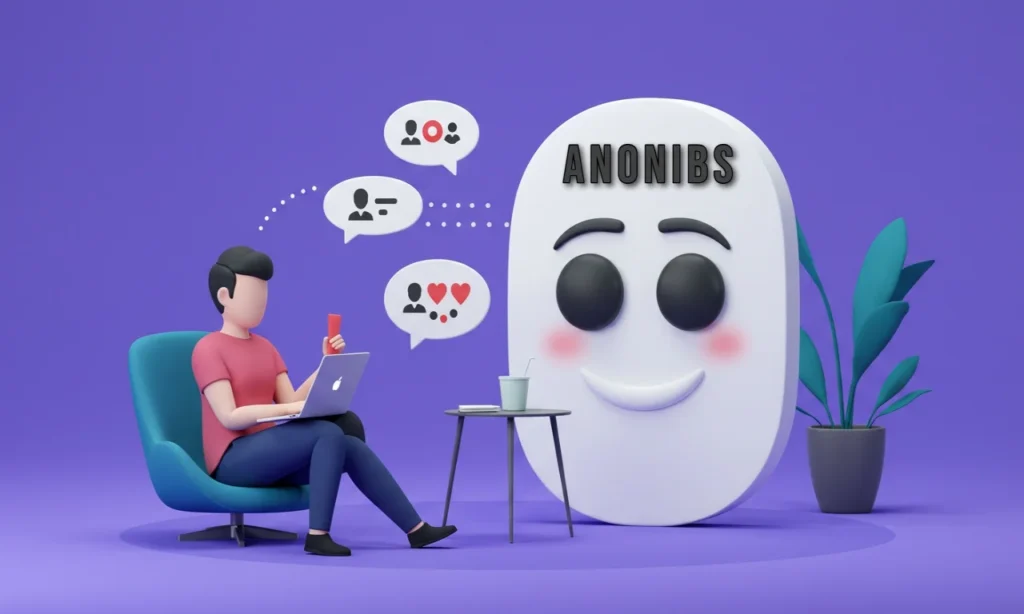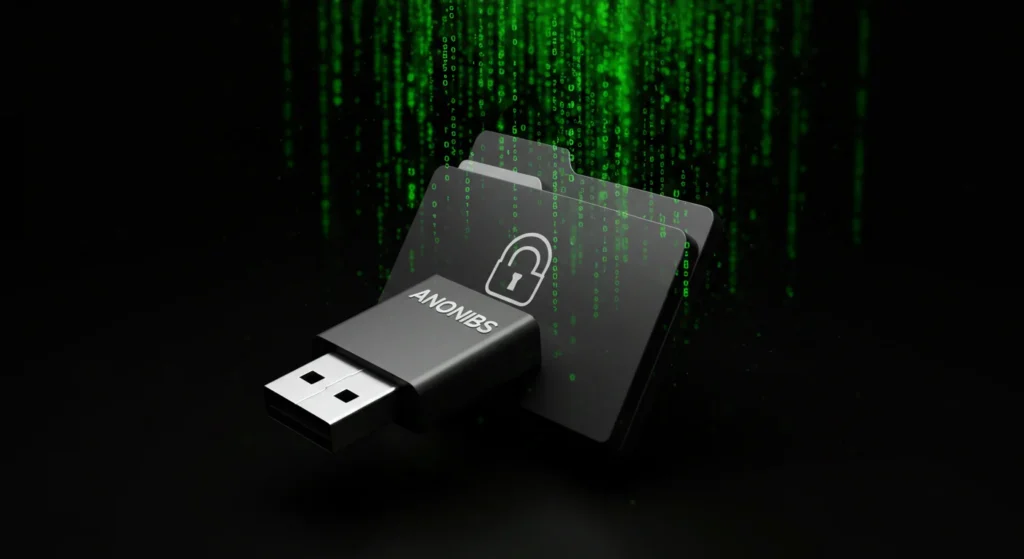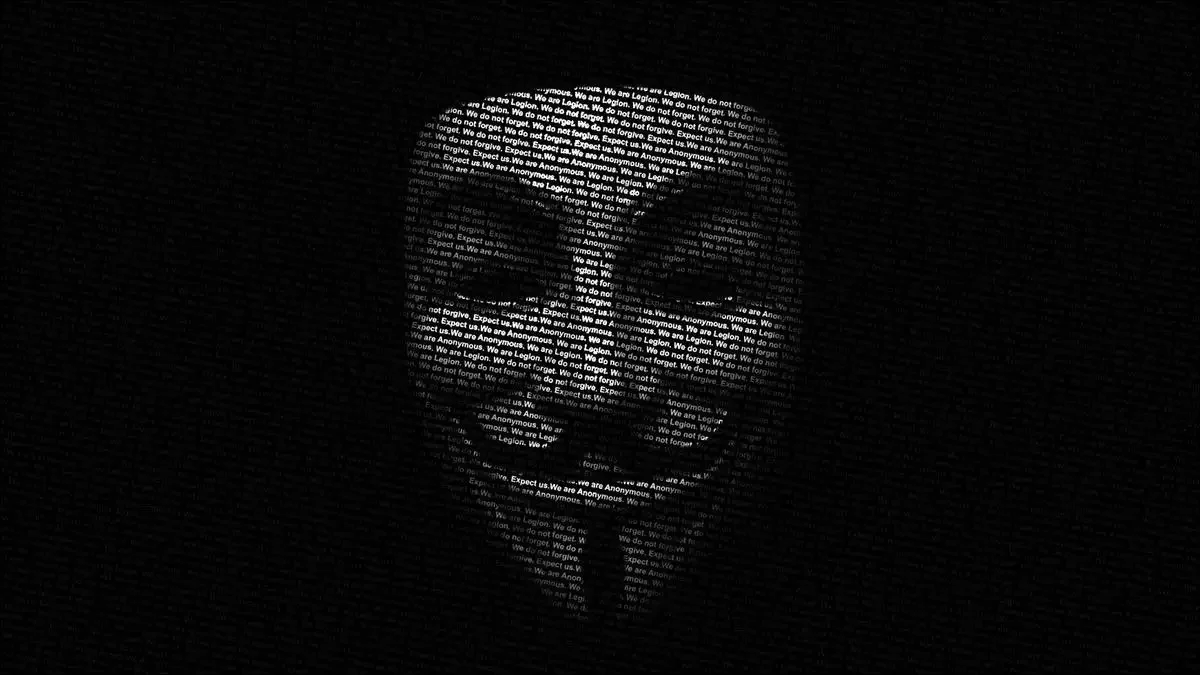In the realm of anonymous internet forums, AnonIBs gained infamy for enabling the sharing of explicit images, often without consent. The name “AnonIB” stands for “Anonymous Image Board,” and the platform functioned as a decentralized network of boards where users could post and request images—often organized by region, school, or theme. While it started as a niche forum, its misuse sparked widespread legal, ethical, and societal concerns.
This article dives deep into the history, structure, uses, controversies, and shutdown of AnonIBs and reflects on the broader implications of anonymity on the internet.
What Were AnonIBs?

AnonIBs were imageboard-style forums where users could anonymously post images, messages, or “requests” for content. The structure mirrored other forums like 4chan, but with an edgier, more controversial edge.
Key Characteristics:
- Anonymous Posting: No account required
- Image-Centric: Image uploads were the primary content type
- Board Categories: Often sorted by location, school, or niche topics
- “Wins” and “Wins Requests”: Common terms referring to obtaining or requesting private/explicit content
How AnonIBs Operated
Users typically navigated to a regional board or theme-specific board, where they could either:
- Upload images
- Request specific content, often identifying individuals by name, location, or social media
- Comment or interact anonymously
The lack of identity tracing and moderation loopholes allowed for dangerous behavior, including non-consensual pornography (NCP), doxxing, and cyberbullying.
The Controversial Nature of AnonIBs

While some users may have engaged with AnonIBs for typical imageboard conversations, the platform became best known for facilitating the illegal sharing of private photos, particularly of women and minors.
Major Issues:
- Revenge Porn: Many posts involved ex-partners sharing private images for humiliation
- Underage Content: In some cases, content crossed into criminal territory involving minors
- Targeted Requests: Users would post names of schools or towns, asking for “wins” of specific individuals
- Lack of Consent: The platform was often a hotbed for privacy violations
Legal Action and Global Crackdown
As public awareness of AnonIBs grew, so did legal scrutiny. By 2018, law enforcement agencies across multiple countries began investigations.
Key Events:
- FBI Crackdowns: Coordinated efforts targeted users and site operators involved in explicit and underage content sharing
- Site Seizures: Many AnonIB domains were taken offline
- Arrests: Several individuals were arrested for their involvement in distributing non-consensual images
These efforts sent a strong message about the legal limits of digital anonymity, especially when it involves exploitation.
The Shutdown of AnonIB
Due to its increasingly controversial reputation and criminal investigations, AnonIB was eventually shut down in most of its forms by 2018. Mirrors and clones have tried to resurface, but they’re often taken down swiftly by cybercrime units.
Despite its disappearance, the platform’s legacy remains a case study in:
- Internet ethics
- Digital privacy
- The dark side of online anonymity
Impact on Victims and Society
The effects of AnonIB were not just digital—they were deeply personal and often traumatic.
Victim Impact:
- Reputation Damage
- Mental Health Issues
- Difficulty in Legal Recourse
- Long-term Trust Issues with Technology
Public outcry led to stronger revenge porn laws, support groups, and digital safety advocacy.
Read: Sophie Rain
Read: Investing in the UAE
Read: Miriam Amirault
Read: RenewaLift Reviews
Read: Michelle Randolph
Read: Aina Asif
Read: Nicholai Sachdev
Read: Rysa Panday
Read: Kylie Kelce
Frequently Asked Questions
What does “AnonIB” stand for?
It stands for “Anonymous Image Board.”
Was AnonIB illegal?
The platform itself existed in a legal gray area, but much of the content shared—such as revenge porn or underage images—was illegal and led to multiple criminal cases.
Is AnonIB still active?
No, the original site has been shut down. Any clones that arise are often removed swiftly due to legal pressure.
Can victims take legal action?
Yes. Many countries now have laws against non-consensual image sharing and allow victims to pursue legal action.
What replaced AnonIB?
Some smaller forums tried to mimic it, but most have been short-lived. The internet is increasingly less tolerant of such platforms.
Conclusion
AnonIBs represent one of the most troubling corners of internet anonymity. While anonymity can foster free expression, it also opens doors to abuse and exploitation if left unregulated. The rise and fall of AnonIB offer critical lessons about online ethics, digital accountability, and the need for better laws to protect personal privacy.
In today’s world, where digital footprints are permanent, consent and respect must always guide online behavior. The conversation about internet privacy is far from over—and AnonIB is a stark reminder of what happens when the internet’s darkest tendencies go unchecked.
